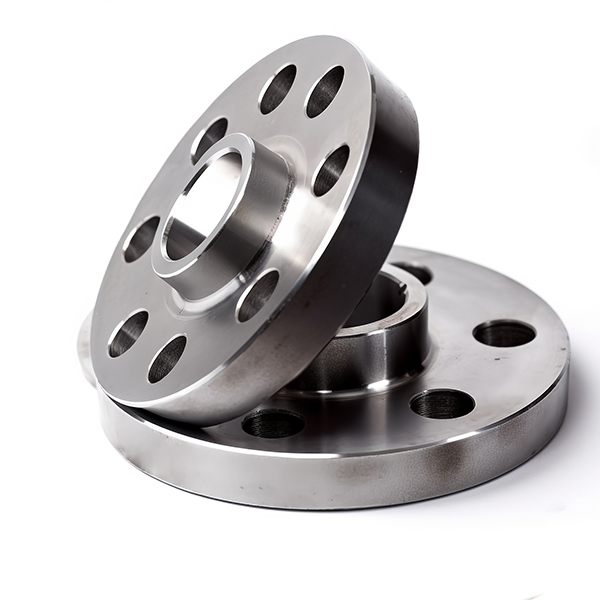
With superior performance, extensive application and excellent corrosion resistance, it's important to install and maintain during welding process.
1. To prevent intercrystalline corrosion due to the heating of the satinless steel flange cover, it's vital that the welding current should not be too large, less than 20% of carbon steel electrodes. The arc should not be too long and the interlayer shall be cooled quickly while the weld seam is narrowed.
2. When welding stainless steel flange, carbides will precipitate by reason of repeated heating, then reducing corrosion resistance and mechanical properties.
3. After welding, ASME B16.9 flanges are more hardenable and prone to cracks. If stainless steel electrode (G202, G207) is used for welding, preheating above 300°C and slow cooling at about 700°C after welding must be carried out. If the weldment cannot be subjected to post-weld heat treatment, the welding rods (A107, A207) should be used.
4. In order to improve the corrosion resistance and weldability, stainless steel flanges should be duly added with appropriate amounts of stabilizing elements like Ti, Nb, Mo, etc. When using the same type of stainless steel electrodes (G302, G307), preheating above 200°C and tempering treatment at about 800℃ after welding should be carried out. If the weldment cannot be heat treated, stainless steel flange pipe fittings welding rods (A107, A207) should be put to use.